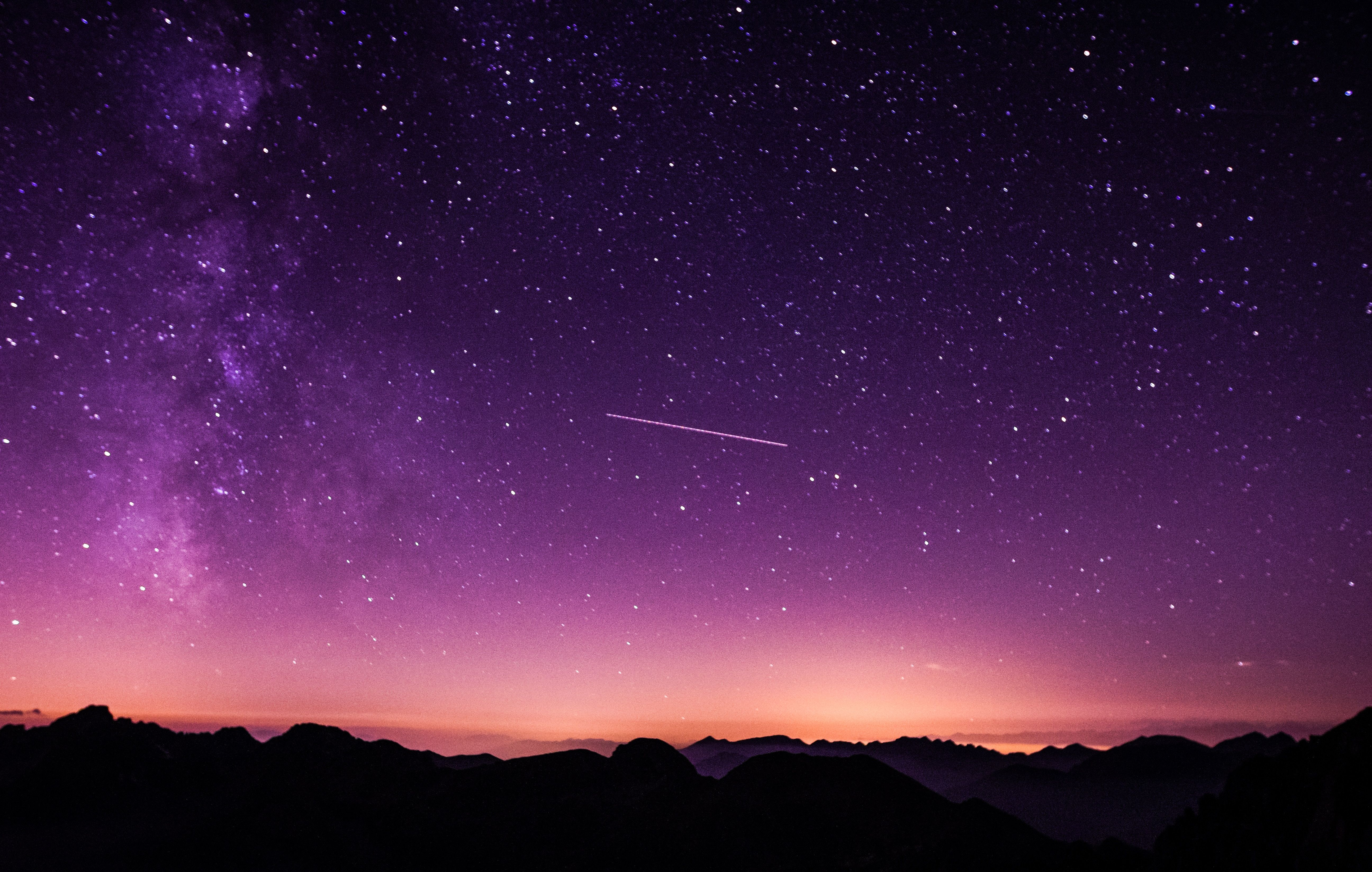How to enjoy the Perseid meteor shower in the UK
This weekend, the Perseid meteor shower will be at its peak, giving stargazers a chance to glimpse between 60 and 70 meteors every hour.
Although it happens every year, 2018, in particular, is set to be favourable for keen-eyed stargazers, as the Moon won’t be spoiling the view; it will be in its crescent-shaped “new moon” phase and will have set long before the meteors are set to appear. NASA expert Bill Cooke has stated that the Moon conditions will “make the Perseids probably the best shower of 2018 for people who want to go out and view it”. The shower also favours the northern hemisphere, putting us in the prime position to witness one of the brightest and most active meteor showers in the lunar calendar.
The peak of the meteor shower will be the nights of the 11 and 12 August, with optimal viewing conditions forecast for just before dawn on Sunday morning. During this peak, as many as 60 or 70 meteors will be visible every hour, working out as roughly one a minute. The meteors will appear as quick streaks across the sky, travelling at up to 37 miles (59km) a second, with the occasional brighter one as larger chunks of rock burn up in the Earth’s atmosphere.
The shower also favours the northern hemisphere, putting us in the prime position to witness one of the brightest and most active meteor showers in the lunar calendar
So, how can you ensure the best chance of seeing as many meteors as possible? First, get out early; the best time for viewing starts at around 9.30pm, and it takes around 30 minutes for your eyes to adjust to the dark skies, so head out around 9pm to get the best chance of spotting them. No screens in this time either, as the blue light will negatively affect your night vision; some phones will let you apply a blue light-excluding filter though, which is fine to use. Choose a spot as far away from buildings and man-made light pollution as possible, but don’t worry about any specialist equipment – the benefit of observing a meteor shower is that you can see it with the naked eye.
The Perseids are named after the constellation Perseus that the meteors seem to come from, and originate from rocky debris left in the wake of the comet 109A/Swift-Tuttle – this is the largest object known to repeatedly pass by Earth. The comet last passed us in 1992, leaving a trail of cosmic debris that causes the Perseid meteor shower every autumn. While Swift-Tuttle won’t pass close by again until 2126, astronomers predict that if the comet was to crash with earth, it would release the energy equivalent of 20,000,000 hydrogen bombs exploding all at once – but the chance of that happening is less than one in a million.

Comments